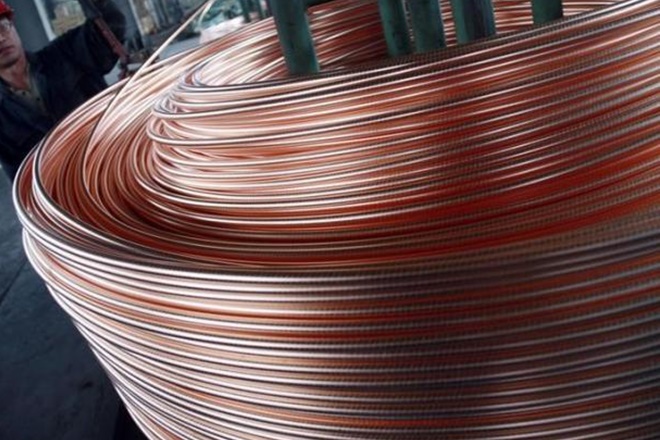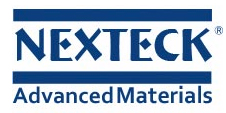Copper is an integral part of grid infrastructure because of its reliability, efficiency and performance. Copper's properties are vital to the interconnected network of plants, devices and lines that generate and distribute electricity and power throughout the country.

According to the Edison Electric Institute, the U.S. electric transmission network consists of more than 600,000 circuit miles of lines, 240,000 of which are considered high-voltage lines (230 Kilovolts and greater). These networks are designed to transport energy over long distances with minimal power losses. Copper is a key material component of transmission, which consists of structural frames, conductor lines, cables, transformers, circuit breakers, switches and substations.
A secure energy grid starts with copper. Protection of our nation’s energy grid today has never been more crucial. With goals of reducing CO2, there is a major focus on the nation’s infrastructure. Copper continues to be a primary resource for building and protecting our nation’s grid due to its superior reliability, conductibility, and durability.

In underground power transmission, copper plays a very important role because of its unique mechanical and physical properties. Copper is a preferred underground cable material because of its high electrical and thermal conductivity, strength, formability, ease of joining, resistance to creep and resistance to corrosion.
Attend exhibitions, focus on industry devolpment trend and new technology,Nexteck Technology Limited keeps pace with the times ,exploring and innovating so as to achieving continuous development.
TAG: copper




